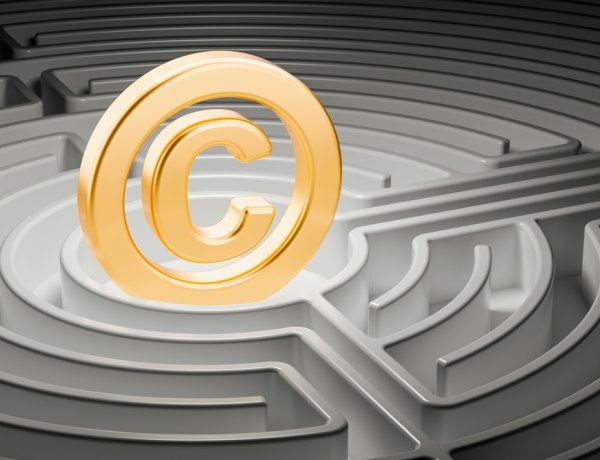Copyright is perhaps the most well-known but most misunderstood intellectual property right. The most misunderstood part of copyright is probably when is copyright infringed.
Copyright is infringed when a person uses all, or a “substantial part”, of copyright material in one of the ways exclusively controlled by the copyright owner without the express or implied permission of the copyright owner, where no defence or exception to infringement applies.
What is a “substantial part”?
A “substantial part” is any important, distinctive or essential part of the original material, not necessarily a large part. There have been many court cases about whether reproducing part of a work constitutes an infringement of copyright. In one case, a court held that reproducing 6 notes from a piece of music was found to be an infringement.
A person may also use a “substantial part” of copyright material by paraphrasing, or closely following the structure and order of another personʼs work, even if they have not directly reproduced any of it.
There are no guidelines about the quantity of material, or percentage of a work, which may be used without permission, since each case depends on its own facts.
Coincidental similarity does NOT infringe
If someone creates a copyright work that is very similar to yours, but the similarity is pure coincidence and they have not copied your work, then there is no copyright infringement.
For copyright infringement to occur, there must be not only a similarity between the two works but also some evidence that the similarity results from copying, either directly or indirectly. (An indirect infringement may happen when the infringer has not had access to the original work but has had access to material based on or perhaps even merely describing the original work.)
Further information can be obtained from www.copyright.org.au

